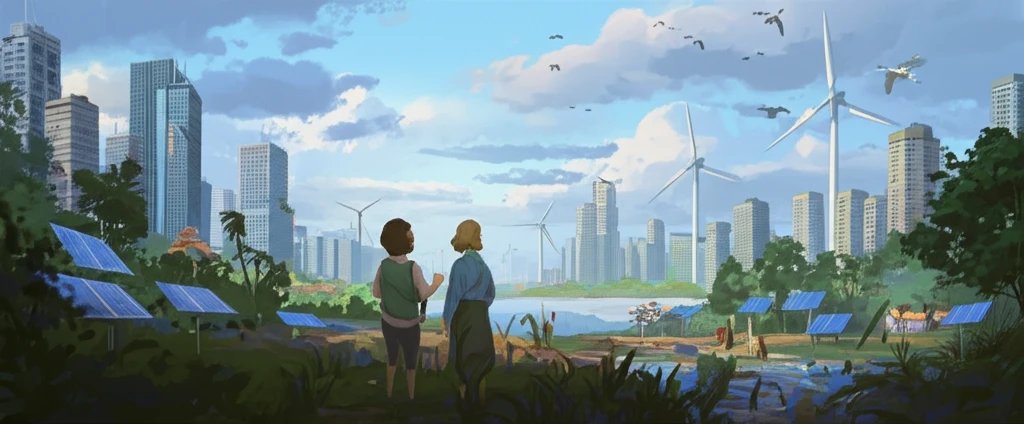
Sustainable Regions: How Strategic Modeling Can Build a Better Future
"Unlock regional potential with stochasticity and spatial awareness—modeling for resilient growth and community well-being."
In an era defined by rapid change and complex challenges, the sustainable development of regions has never been more critical. Assessing and analyzing the core characteristics of socio-economic progress provides the groundwork for resolving strategic issues. This enables optimal solutions in regional governance and future development, ensuring regions not only survive but thrive.
Traditionally, regional studies result in dividing areas into groups based on qualitative differences. However, it's vital to recognize that these divisions exist organically within any regional system, regardless of its organizational level. It's about understanding these inherent structures and working within them to foster growth.
One promising approach involves adapting the integral potential capacity of a region, considering essential components like natural resources, production capabilities, and social structures. Evaluating how these elements comply with each other offers a pathway to balanced territorial development, leading to enhanced performance and sustainability across all systems.
Decoding Stochasticity: The Engine of Regional Resilience

At the heart of sustainable regional development lies the principle of stochasticity—a concept that embraces randomness and fluctuation as drivers of change. Stochasticity introduces variability at the micro-level, which, while it might seem counterintuitive, is crucial for the long-term sustainability of larger systems. This mixing allows systems to avoid stagnation and adapt to new challenges, facilitating transitions to more balanced states.
- Embrace Variability: Integrate the potential for change into development plans, allowing for flexible responses to evolving conditions.
- Diversify Resources: Promoting a diverse range of economic activities and resource management strategies can buffer against the impacts of specific disruptions.
- Foster Innovation: Support local innovation and experimentation to discover new solutions that address specific regional challenges.
Building a Sustainable Future, Region by Region
The journey toward sustainable regional development is complex, requiring a blend of strategic foresight, adaptive management, and community engagement. By embracing stochasticity, leveraging spatial differentiation, and fostering a holistic approach to resource management, regions can pave the way for a more resilient, prosperous, and equitable future. The models and methods discussed here are not just theoretical constructs but practical tools that empower communities to shape their destinies. It's about creating regions where economic growth, social well-being, and environmental stewardship go hand in hand, ensuring a better world for generations to come.
